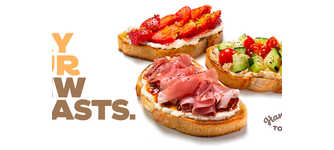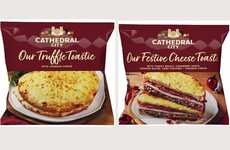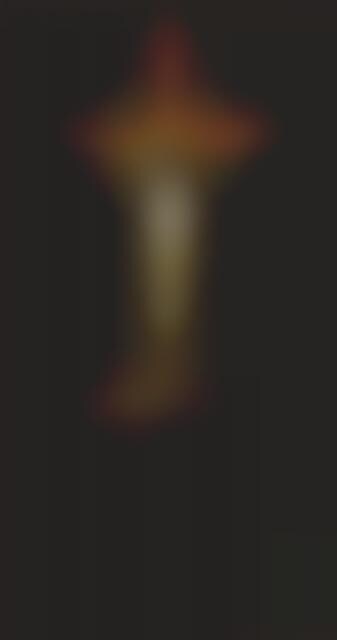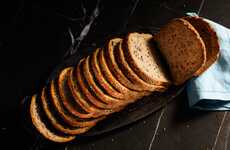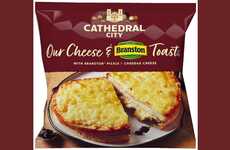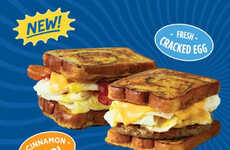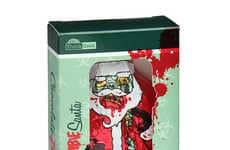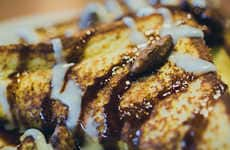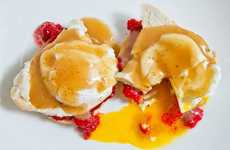
Adam Sheldon's Toast Crucifixion is Good Enough to Eat
Michael Hines — January 21, 2010 — Social Good
References: popfi & odditycentral
A British man named Adam Sheldon has created what is to my knowledge the first toast crucifixion. This artwork looks amazing and would probably go great with butter or jelly.
I mean, to think that somebody was able to recreate such an iconic image in such great detail using only toast is mind blowing. The toast crucifixion is currently on display in the Anglican Church of St Peter, in Lincs. Check out the gallery or read more below for more info on the toast crucifixion.
I mean, to think that somebody was able to recreate such an iconic image in such great detail using only toast is mind blowing. The toast crucifixion is currently on display in the Anglican Church of St Peter, in Lincs. Check out the gallery or read more below for more info on the toast crucifixion.
Trend Themes
1. Food Art - The trend of creating intricate, edible art pieces that are visually stunning and innovative presents an opportunity for restaurants and food brands to offer unique dining experiences and engage consumers with their products.
2. Religious Iconography - The trend of incorporating religious imagery and symbolism into artistic and cultural expressions presents an opportunity for artists, designers, and marketers to create innovative products and experiences that resonate with diverse audiences.
3. Unconventional Art Materials - The trend of using unexpected materials, such as toast, to create art and design objects presents an opportunity for artists and designers to showcase their creativity and challenge traditional notions of aesthetics and functionality.
Industry Implications
1. Food and Beverage - The food and beverage industry can leverage the trend of food art to differentiate their products and offer unique culinary experiences that cater to consumer preferences for novelty, creativity, and authenticity.
2. Art and Design - The art and design industry can tap into the trend of unconventional art materials to create thought-provoking and innovative artworks that challenge established norms and appeal to diverse audiences.
3. Religious Institutions - Religious institutions can capitalize on the trend of incorporating religious iconography into art and cultural expressions to engage and educate their followers, foster interfaith dialogue and understanding, and promote their values and beliefs in the wider society.
4.2
Score
Popularity
Activity
Freshness

